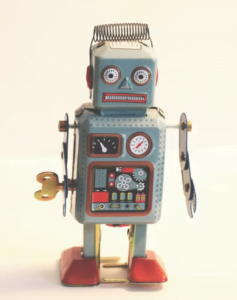The promotion stage is finished. Engineers are focusing on accomplishing the difficult work of building an Internet of Things.
Early projections for IoT are currently viewed as exaggerated. Be that as it may, the market actually has immense potential, so an enlarging circle of organizations and consortia is looking forward to enormous difficulties in regions like interoperability, security, and convenience.
You could follow the finish of the starting to June 2015. That is the point at which one economic specialist and previous designer became weary of the expanded expectations of a huge number of associated gadgets just around the corner. He chose to put out a more clearheaded conjecture.
On his most memorable occasion committed to the Internet of Things, Linley Gwennap assessed 1.9 billion new IoT gadgets would transport in 2020, up from around 200 million he projected were delivered around then, predominantly in the modern space. Gwennap adopted a base’s up a strategy to estimate the market that brought about an undeniably less blushing perspective than the 50 billion gadgets in 2020 that Cisco Systems hopefully anticipated.
From that point forward, the viewpoint has obscured marginally.
On its most recent occasion in late July, the Linley Group said the IoT market won’t hit a run pace of a billion units per year until 2019. The issue is customer frameworks expected to make up the brunt of the market sometime are still excessively costly and too difficult to even think about utilizing, said senior examiner Mike Demler.
“Interfacing things to Wi-Fi is so troublesome and temperamental that it’s been keeping things down,” he said, giving an illustration of his disappointments with an Amazon Echo.
In their authentic minutes, chip chiefs chasing after this nirvana concur. “IoT is in somewhat of a box at this moment,” Tyson Tuttle, CEO of Silicon Labs told EE Times in late June.
The shopper IoT still can’t seem to have its “iPhone second” when a plan fires the public creative mind, Tuttle grumbled. “It will require numerous a long time for IoT to work out,” he said, adding that he actually accepts it addresses “the greatest chance of our lifetime.”
text
Examinations of cell phone-based chips for midrange wearables (top) and MCUs with Wi-Fi. Snap to grow (Tables: Linley Group)
Engineers are feeling some blowback from the IoT bubble exploding, said Gwennap.
“Last year and the year prior to a lot of chips were springing up like MCUs with coordinated radios and chips focusing on shrewd watches and different wearables. This year, I am seeing less interest. We are not seeing follow-ons to last year’s items and more individuals are simply reusing existing cell phone SoCs,” the market watcher said.
Barely any imaginative chips make it harder for OEMs to create the iPhones of the buyer IoT. The uplifting news is in interchanges.
Chips for Bluetooth network and the 802.11ah form of W-Fi for minimal expense, long reach associations north of 900 MHz groups ought to transport this year. Outside the shrewd home a modest bunch of new choices – LoRa, Sigfox, Cat-M1, and NB-IoT- – are extending the still-new low power wide region (LPWA) area.





